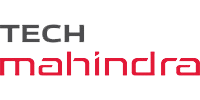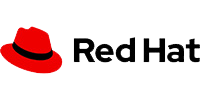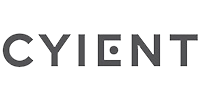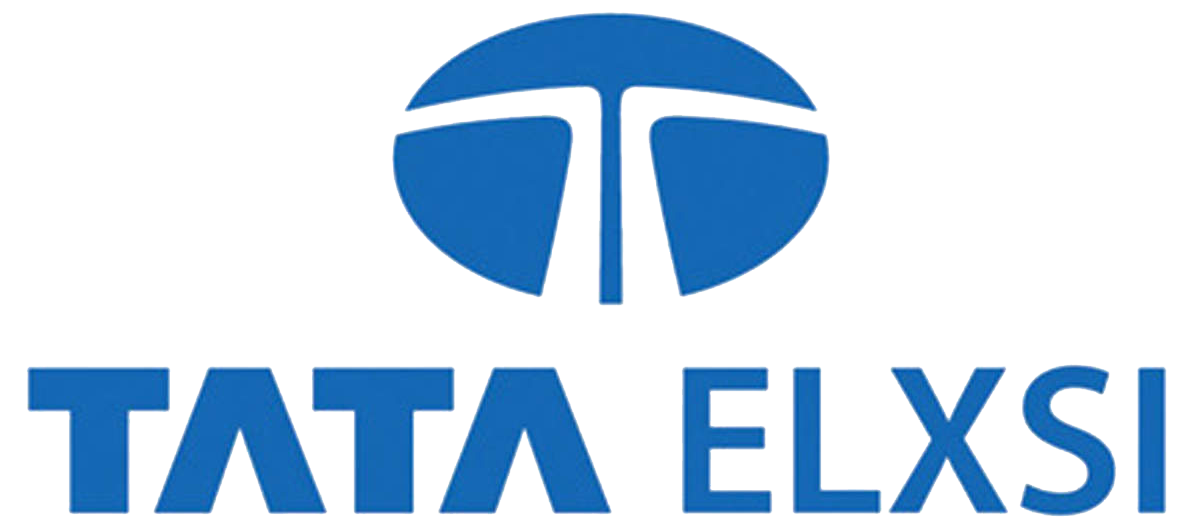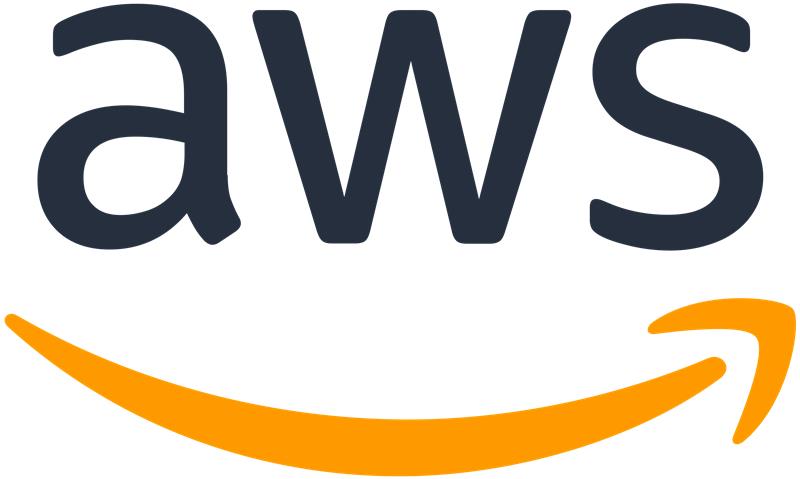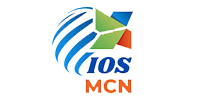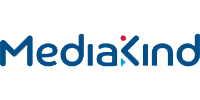What is a Digital Rights Management Solution?
A DRM solution protects digital content through encryption, key and rights management, supporting multi-DRM via Common Encryption (CENC).
A DRM solution controls the rights and usage for any digital content, based on the business model. It consists of different components from the head-end to the client. Each component ensures that the content distributes within the predefined usage terms. Every Digital Rights Management Solution has Content encryption, Keys management and Rights management. The first two components are part of the head-end. Rights management administers the rights on both the head-end and client.
DRM Business Models:
The business model is generally related to the monetization of digital content. A few of the models are subscription-based, rental, outright sale and domain-based. Each of these has certain rights associated with the digital content. For example, in an outright sale, the purchaser does not own the content with unlimited rights. Limitations on the number of copies and compatible devices may still exist.
DRM Workflow on the Client:

A typical license response contains a rights object and a key. The rights object defines the rights associated with the digital content. The key decrypts the digital content.
Verification of rights continues while the content renders to meet time-bound delivery.
A single session is when the user makes a license request until the user stops playing the content. The session is usually tracked for controlling simultaneous content access, billing etc.
DRM Workflow:
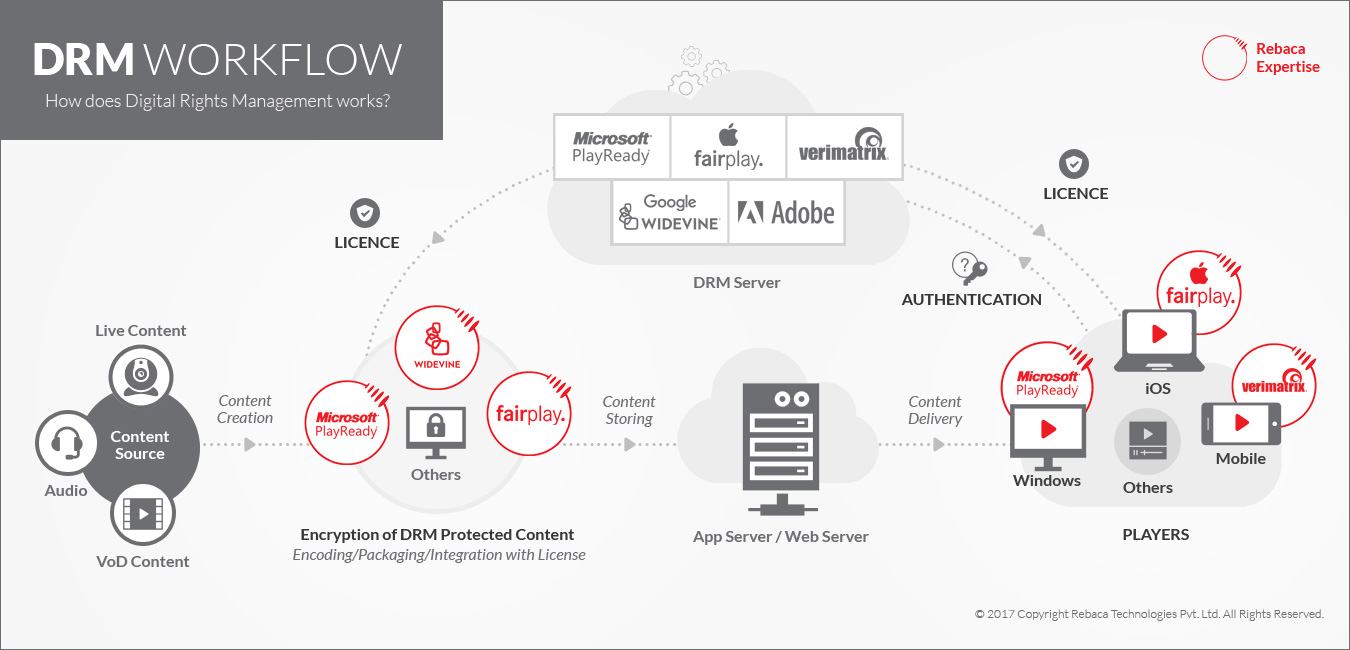
Multi-DRM Solutions:
There are many DRM and Multi-DRM solutions in the market. Multi-DRM solutions generalize the interface to interoperate between many Digital Rights Management Solution.
Different DRMs like Widevine, Playready and Fairplay integrate with their respective SDK platform
Aspects of Multi-DRM:
- The content provider packages and stores the content for each of the different DRM
- The provider encodes each video into many resolutions and bitrates for client devices
- Various client devices support only their native Digital Rights Management Solution
- Different players are not interoperable as they have separate encryption keys
- Reduces the efficiency of the CDN due to the increased storage footprint
“This is changing with the advent of Common Encryption or CENC.”
What is Common Encryption?
CENC is an encryption scheme allowing the parallel use of different DRMs for the same video. This means the content provider encrypts and encodes the digital content once. During playback, the player decides which DRM to use.
Advantages of CENC:
- Solves the hassle of supporting a Multi-DRM
- Eliminates the licensing cost of platforms, in cases where the DRM solution is not native
- Increases device reachability, by adding the separate metadata for each Digital Rights Management Solution.







